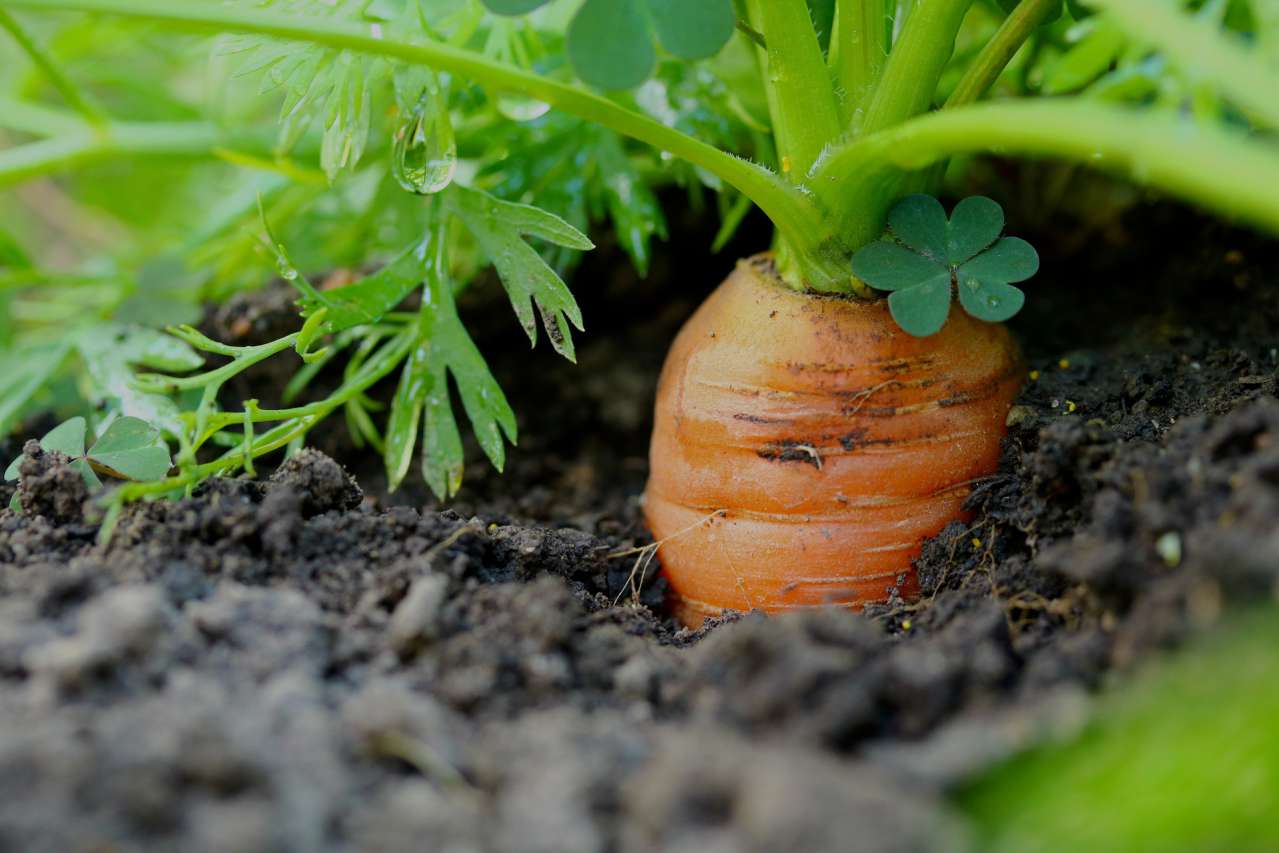Carrots: Growing and Care
Fertile, loose, slightly acidic and neutral soil is ideal for carrots.
Seeds are also planted in loamy, sandy or peaty soil.
Any soil where carrots will grow must be saturated with air, otherwise the vegetable will grow tasteless.
What you need to grow good carrots
It is better to place carrots to the south of their tall neighbors.
Carrots will not bear fruit in acidic soils.

Therefore, a year before sowing the crop on a designated bed, the soil is deoxidized by adding humus, chalk, lime, and dolomite flour.
The soil under carrots should be neutral with zero acidity within the pH range of 6-7.
How often should you water carrots after planting
You should not water the soil immediately after planting, as this can wash the seeds out of it.
When the first shoots have already appeared, watering should become regular, but in small quantities.
Young seedlings are watered once every three days, sometimes more often, trying to prevent prolonged drying of the top soil layer.
Grown plants are watered less frequently and more moderately, after about 5 days or as the soil dries.
What not to plant next to carrots
Not all plants can live next to each other, and you need to have this information if you decide to start a vegetable garden.
For example, carrots will never grow if planted next to anise, dill, cabbage or chard.
